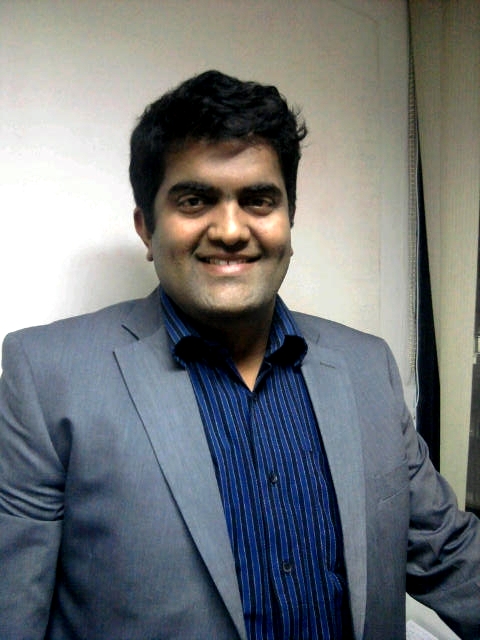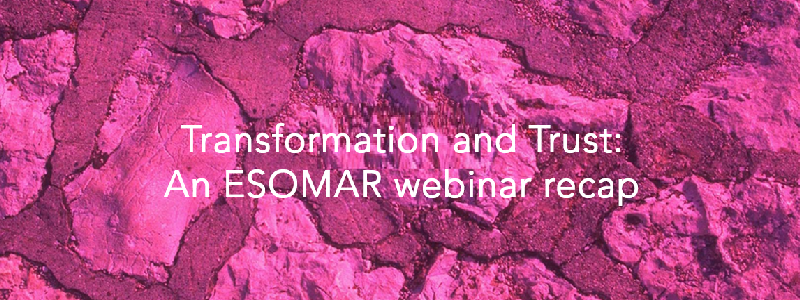
By Satish Pai, MBA (pictured right) and Annie Pettit, PhD
.

A few months ago, an academic tweeted about the lack of available learnings from market research agencies about predicting market behaviours. Surely, an agency that carried out dozens of econometric marketing mix modelling studies should have discovered and been able to share quantitative patterns and learnings by now.
This was a fair request, a valid claim, and a healthy discussion followed.
.
To Share or Not To Share?
One perspective was that agencies such as Nielsen BASES, Millward Brown, and Kantar have already shared some of these learnings, though not necessarily in academic journals. Much of their research learnings could be found in their own internal publications, in industry journals, as white papers on association websites, and as part of industry conferences. Seek and ye shall find.
The other perspective addressed the lack of sharing as an appreciation for intellectual property, proprietary data, and client privilege and privacy. Almost all research conducted by industry requires significant investments in terms of time and talent, as well as participation from commercial clients who share their privileged data to help test and validate such research products.
Given the significant investments required to test and validate learnings, it makes sense to recover the financial investment as early as possible. Doing so requires the protection of intellectual property (IP) to ensure they maintain their unique selling proposition (USP). Pursuing publication in an academic journal could easily prevent this from happening.
For industry researchers, the true test and validation of commercial research is not publication in academic journals, but rather success in the market with measurable financial ROI across dozens of products and categories. This external validation is sufficient, particularly since prospective clients can witness research outcomes in the marketplace themselves or follow-up on testimonials from satisfied clients.
The academic researchers, however, felt that any research learnings should be subject to the academic process of peer review prior to publication in either academic or industry journals. Peer reviews require multiple experts within the field to scrutinize the methods and processes to ensure quality standards were upheld. They argued that since agencies generally do not do this, their research isn’t validated and doesn’t pass academic rigour.
The conversation concluded as both perspectives had merit.
.
Where Should Research Results Be Shared?
There soon followed another Twitter conversation wherein a media agency head wanted to share their agency’s learnings on marketing ROI. They asked for suggestions on how to share those findings in an academic journal.
Many academics pitched in with advice. The popular suggestion was that the agency should instead try out industry forums like ARF, ESOMAR, IIEX, and MRS. Those forums would be quick to publish and offered an excellent platform to reach the industry.
Despite the original request, there wasn’t much encouragement to publish in academic journals. The agency was warned that the process from submission to publication could take as long as 18 months (though with edits and revisions it could take up to 3 years). Further, journals seen as prestigious have rejection rates as high as 95% meaning that even great quality research may not be published. Along with these warnings to avoid academic publication, several journals that covered the areas of interest were suggested, along with ideas on how to go about submitting.
The contrast between these two discussions was striking. The first discussion was grounded in a premise that industry learnings fall short as the commercial vetting process isn’t the same as the academic vetting process. The second discussion was a realistic admission that sharing industry learnings via the academic route would entail several challenges and ultimately might lead to the learnings never being shared.
.
Where Should Researchers Publish?
Stepping back, it’s interesting to see the variety of publication sources that marketing and affiliated industries use today. There is social media (e.g., Linkedin, Medium), dedicated media (e.g., Adweek, Admap, Marketing Week) as well as industry publications, dedicated channels, and conferences.
Mainstream media also offers considerable opportunity. Long-form columns in diverse publications such as The Guardian, New Yorker, and Financial Times can have greater impact and currency, and some would agree that they offer the best viewpoint on industry developments and learnings.
Further, there are a few publications, such as Harvard Business Review, that have bridged the gap and offer opportunity to both industry and academics. If an academic or industry researcher were to publish in such journals, they could be assured that a good number of projects from paying clients would ensue.
In the end, however, it would be fair to say that mainstream media dominates by far, and outdoes the limited impact that both academic journals and industry publications have on marketing and related industries.
.
Where Do We Go From Here?
These discussions demonstrate an ongoing divide between the working lives of academic and industry researchers.
Is there one best vetting process to identify rigorous research studies that generate valid and reliable outcomes? Clearly, there is merit in both peer review and external validation.
Is a publication process with high Type 2 error rates (rejects many great papers) preferable to a process with low Type 1 errors (accepts some poor quality papers). Again, there is merit in both being assured that every result has been validated, and preventing the loss of potentially important findings.
Academic and industry researchers are on the same team. We strive to better understand the inner workings of consumers and markets but, we do so from within different contexts. Our target audiences are different – corporate end clients or other academics. Our definitions of prestigious career achievements are different – multiple Journal of Marketing publications or multiple ESOMAR awards. The KPIs that determine our raises and promotions are different – publish or perish, or monetize or perish.
Let’s continue the discussions and let’s keep the gate open.
Satish Pai, MBA is a freelance consultant, author, and PhD Candidate who specializes in advertising, branding, strategic management, and insights. He writes the Insights about Insights blog and can be found on LinkedIn and Twitter.
Annie Pettit PhD CAIP FCRIC is the Chief Research Officer, North America, at E2E Research, an ISO 27001 certified, ESOMAR corporate member. Annie is a marketing research author, blogger, and regular conference speaker. She can be found on Linkedin and Twitter.
